When Henry Hudson an English sailor left the Dutch shore, his mission was clear: “FIND CHINA”. He set sail with his men and after a few months reached this massive piece of land to the east of the Atlantic Ocean. He called upon his men with joy. They finally found China. After a couple days of living on the land, calculating and giving it a thought, Henry Hudson realised it wasn’t China after all. As he left the island to continue his search for China, he named the island ‘Manhatta’ after the tribal people who lived on the island. He also wrote back to the Dutch West India company who were his sponsors, that although it was not China it was a great island which could be a port and a place where trade would flourish.

The first Dutch colonies arrived on the island of Manhatta in 1624. They soon realised the potential of this island. Being a vast resource of forest and animals they invested in beaver skin and the fur trade. It became a provincial extension of the Dutch Republic as of 1624 and was designated the capital of the province in 1625 and they called it ‘New Amsterdam’. The Dutch were not interested in anything other than making a buck. This purpose of the Dutch led the foundation of New York’s materialism.

The birth of ‘Wall’ Street
By the time Peter Stuyvesant started ruling this Dutch Colony in 1653 it wasn’t doing too well. There was disorder and chaos and people were leaving the island. In a span of few years Stuyvesant turned things around. He increased manufacturing and enforced policing to establish some order. New Amsterdam was flourishing again with business and trade. People from all quarters of the world sailed in to share the profits of the island. The first to come in were the Jews in 1654. Slowly the island had inhabitants from different parts of the world, with about 18 languages being spoken. The English rulers soon realised that this place was a gold mine and they needed to own it. Even though Peter Stuyvesant, the great one-legged General, would build a 2340 ft wall around the island to protect his colony from the English it would not help. The English would annex New Amsterdam in 1664 crushing the Dutch resolve. They would bring down the great wall in 1699 and name the street Wall Street. They would also give a new name to the island and call it New York, after The Duke of York to whom this island would be presented as a gift. George Washington would win back New York from the clutches of the English in 1776 when America would finally win her freedom from the colonies.
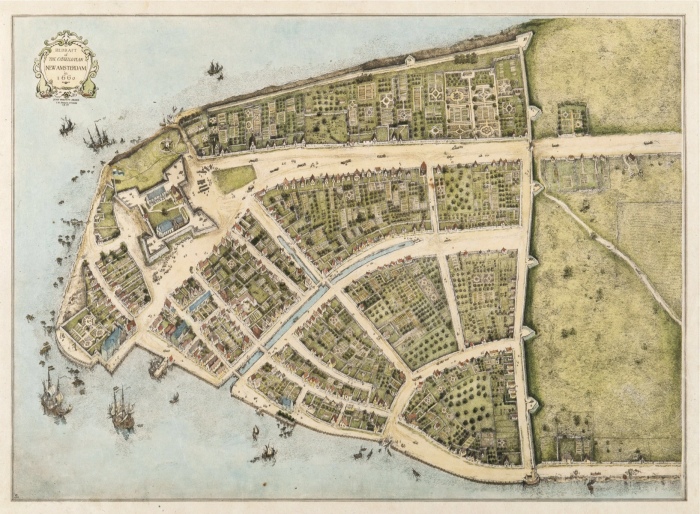
Man on the 10 $ Bill
George Washington had some great men in his first ever cabinet of the American Government. Alexander Hamilton was one of them. The most interesting thing about Alexander Hamilton was that he was an immigrant. He sailed like millions of other immigrants that came to the city wanting to achieve their dreams. He came from the West Indies. He was an orphan who studied, thanks to some wealthy men in his city. The same men would then sponsor his education at the Columbia University in New York. He loved the city and his passion for it soon made him one of the most important men in American history. Alexander Hamilton realised that the city could not just depend on agriculture and needed to get into manufacturing and commerce. He was the founder of the nation’s financial system, of the Federalist Party-the world’s first voter-based political party, the Father of the United States Coast Guard, and the founder of The New York Post. The foundation of banking, manufacturing and emancipation of slaves was all led as early as 1790 by him. His focussed vision for the city so early in time remains one principle reason for New York being the financial capital in the world.
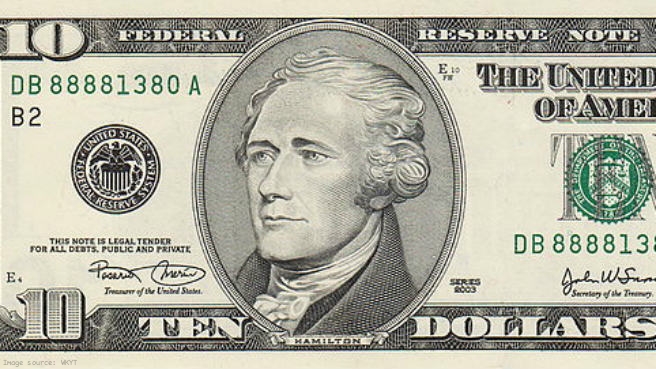
Most powerful city in America
New York is one great human experiment. Hell, its a human miracle. It is a war between the human species and the nature, which the human species seem to have won. When Henry Hudson found Manhattan it was an island of hills, forests and lakes. It was in the early 1807 when DeWitt Clinton who is known as the greatest New Yorker of all time and was the Governer of the city had a vision. Realising the potential of the city he knew the had to build a city not just for thousands but millions. In 1807 he led out a plan with his team of engineers and architects for the city in a grid system. The map was 8 ft long, 12 avenues wide, 155 streets long covering about 1000 acres. Today when you roam around the city you realise even though you are surrounded by huge buildings on all sides you hardly feel suffocated. It is because there is the sea breeze coming in from both the sides of the island due to the grid system. DeWitt Clinton would also build the Eerie Canal which would connect New York to rest of America and Canada. It would take seven years to complete and man power of thousands of men. By 1825 thanks to the canal and the trade opportunities, New York would confirm it’s place as the most powerful city in America.
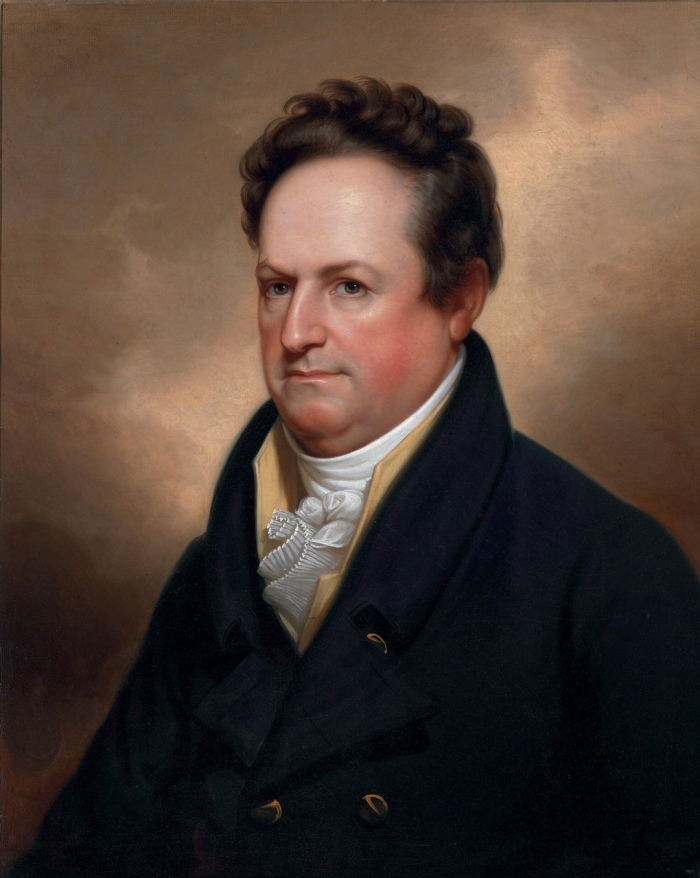


The city of Immigrants
The city and the great advancements made by it was followed by one of the biggest migrations in the world. Immigrants came mostly from Europe that was suffering from famines, poverty and corrupt government. In 1836 a ship carrying 15825 passengers sailed into the port of New York. Immigrants also came from Ireland, more than a million of them. There was a lot of African-American population right from the 1600s due to the slave industry. There were Jews, Germans, Russians, Japanese, Chinese, Italians; almost every race and religion in the world was a part of the New York population. Just imagine the confusion, the awe, the shock, the fear people in the city must have felt looking at each other’s differences. It is said that New York was a very democratic city. It wasn’t. Everybody was scared of everybody. A new immigrant was a danger to food, water, houses, jobs and thus also to the very existence of the present population. There were riots, (the period during the Civil War saw the worst riots in New York’s history), and protests all through the history of New York. But just like every great city New York would always survive and come back even stronger and better from all of it.




Who REALLY built the city ?
This great migration caused a lot of problems. The most important of them all was creating enough jobs. Most of the migrant population was not really educated and did not know English. They were of no value to the financial workings of the city. The New York city Government found the answer to their problem in public works. Every great structure that New York city claims today is a produce of the millions of immigrants that came to the city. The Erie canal, the Brooklyn Bridge, The Central Park, Empire State Building, Chrysler Building, the subway system and so many more. What is ironic is that all these great structures were built between 1800 to 1900 ; a period when industrialisation and technology was not at all its peak. Most of the dangerous things that machines do today were done by human beings. The migrant population did all these things with great spirit. New York was the city that gave them hope, work, food and a shelter. It did not care about the language they spoke, the clothes they wore, the religion they practiced. If they were ready to work hard New York would pay them back in more ways than one. Some of the world’s greatest people from different fields rose in the this period of migration in New York. New York became a symbol for whole of America for how accepting different people would only strengthen America and not weaken it.

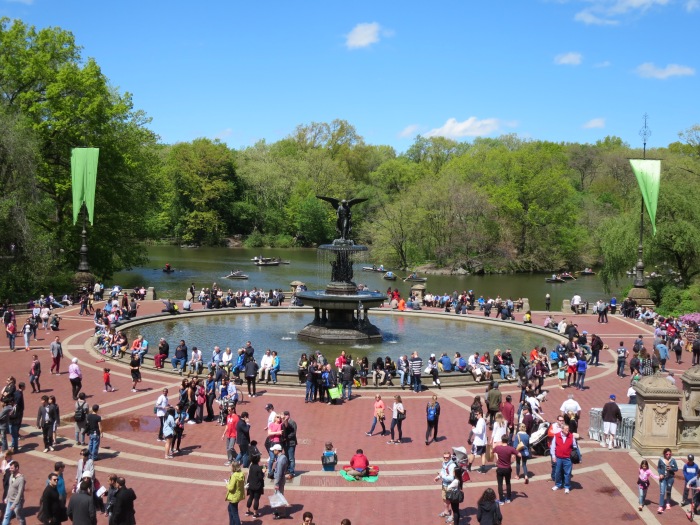




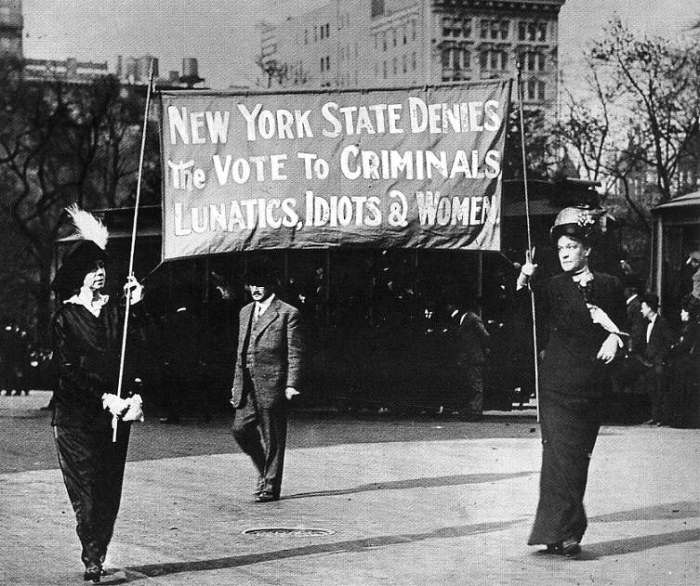
New York today is not very different from what it was in the early 1900s in spirit. It is still the land of opportunity, diversity, culture, pace, ideas and protests. It is the place where the richest people in the world live and also the poorest. There is an undying spirit to the city which is not brought by the massive structures in the city but by the people who live in it. I don’t think there is any other city in the world that can claim that the whole world lives in it. New York is the only city that can claim to be a city of the world and that in itself makes it an unforgettable place.








Wonderfully written !!!!
LikeLiked by 1 person
Thank you sir! 🙂
LikeLike